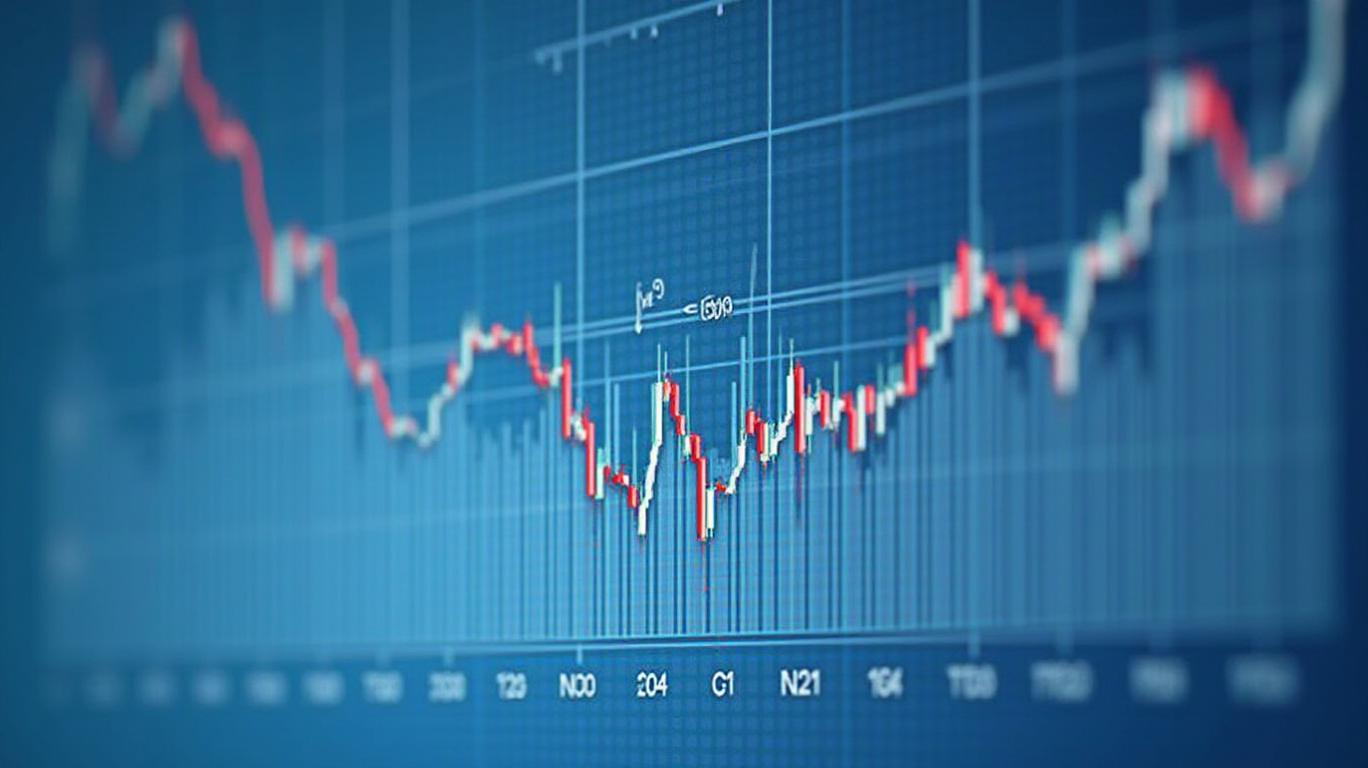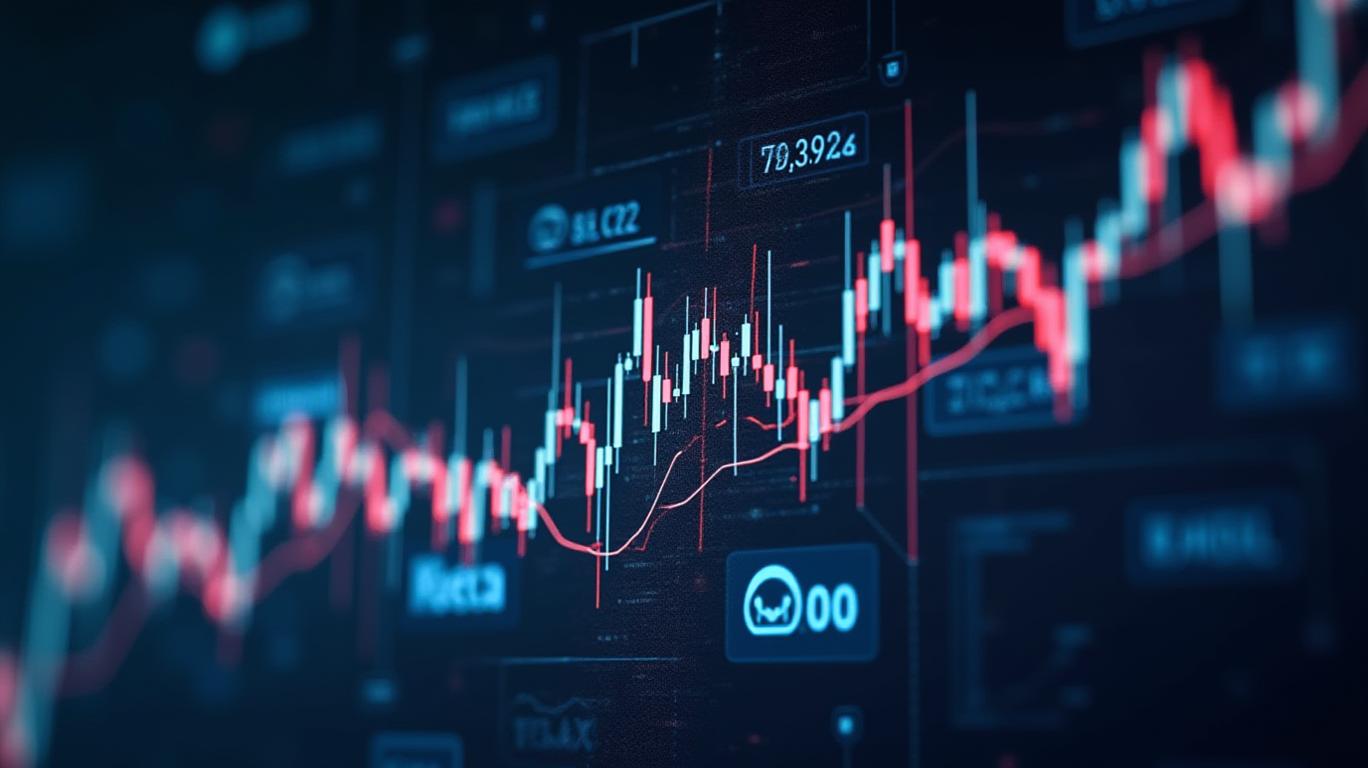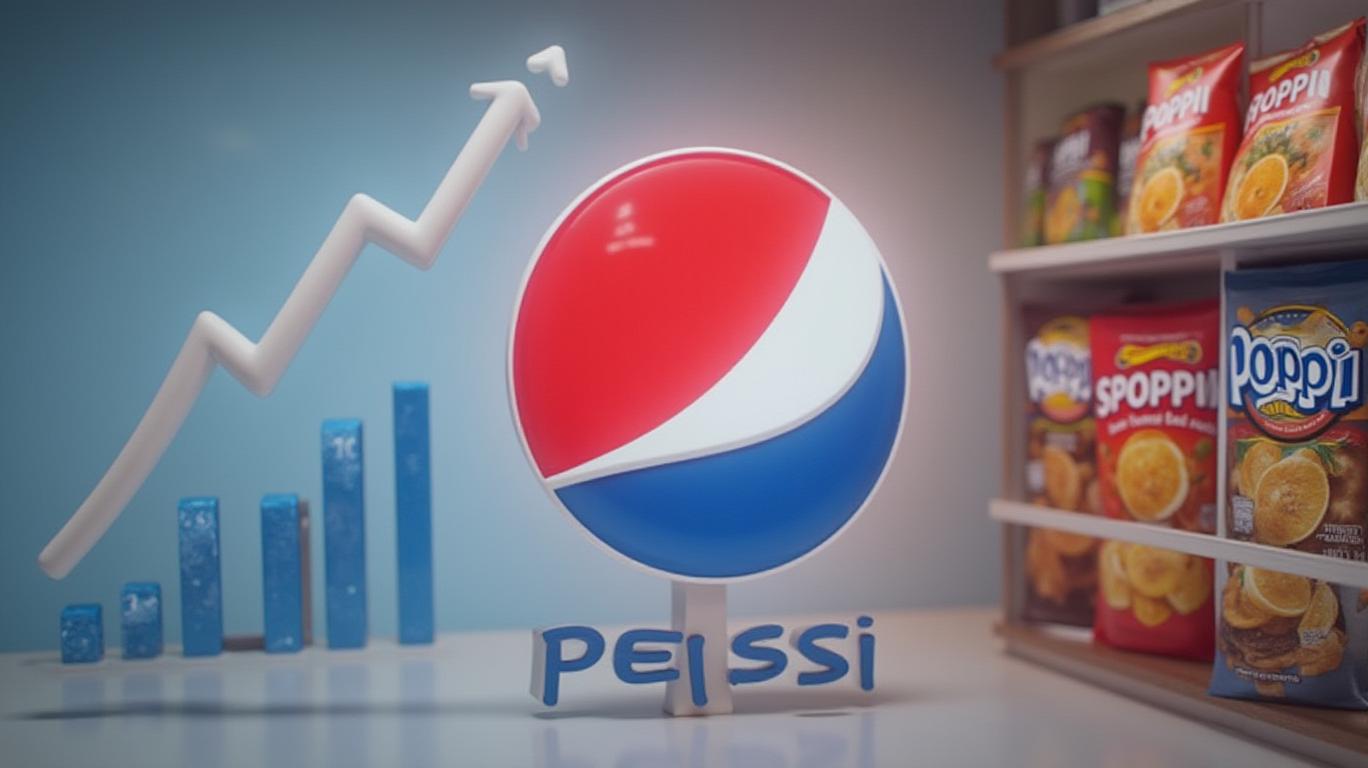Pfizer’s 7% Dividend Yield: A High-Reward, High-Risk Opportunity?
Pfizer (NYSE: PFE) has long been a stalwart of the pharmaceutical sector, known for its financial discipline and unwavering dividend payments. But its current 7% dividend yield—among the highest in the industry—has sparked debate: Is this a compelling income opportunity, or does it signal underlying risks? Let’s dissect the numbers.

The Case for Pfizer’s Dividend Appeal
Pfizer’s dividend track record is legendary. With its 346th consecutive quarterly dividend announced for Q2 2025, the company has paid out $0.43 per share since early 2025, maintaining a 55-year streak of uninterrupted payouts. This reliability is underscored by a dividend cover ratio of 2.0, meaning earnings comfortably exceed dividend obligations, reducing default risk.
At a 7.63% yield (based on April 2025 stock prices), Pfizer outperforms peers like Merck (4.7%) and Johnson & Johnson (2.9%). For income investors, this is hard to ignore. Morningstar analysts highlight the dividend’s “defensive” appeal, noting its role as a “testament to operational resilience” amid market volatility.
The Risks Lurking Beneath the Yield
While the dividend is secure, Pfizer’s future growth faces hurdles.
Pipeline Stumbles
Recent setbacks, such as the discontinuation of its oral GLP-1 receptor agonist danuglipron due to liver safety concerns, raise questions about its ability to replace revenue from aging drugs like Paxlovid and Comirnaty. UBS analysts warn that sales of these pandemic-era products are declining, and without breakthroughs—such as its Phase 2 trial for PF-07976016 (an oral GIPR antagonist)—dividend growth may stall.
Regulatory and Market Pressures
The U.S. Inflation Reduction Act threatens to cap drug prices, potentially squeezing margins. Additionally, proposed tariffs on pharmaceuticals could disrupt supply chains and increase costs. Analysts at Bernstein caution that Pfizer’s reliance on legacy products leaves it vulnerable to pricing pressures and competition.
Stock Price Volatility
Pfizer’s stock price dipped to $21.59 on April 10, 2025, before rebounding to $23.93 by month-end, reflecting investor uncertainty. A 6.51% yield on April 19, 2025, versus the peak 7.63%, underscores the inverse relationship between stock price and yield—a falling stock can boost yield artificially but signals underlying concerns.
Analyst Perspectives: Bulls vs. Bears
- Bullish Take: Morningstar emphasizes Pfizer’s dividend as a “reliable income generator,” noting its $25.90–$28.00 price target for April 2025 (though actual prices lagged this forecast).
- Bearish Concerns: UBS lowered its price target to $24, citing overestimated sales projections and regulatory risks. Morgan Stanley maintains an Equalweight rating, acknowledging Pfizer’s R&D efforts but urging caution.
Conclusion: A Dividend King, but Not Without Flaws
Pfizer’s 7% yield is undeniably attractive, especially in a low-interest-rate environment. Its dividend history and financial stability provide a solid foundation for income-focused investors. However, the high yield also reflects risks: reliance on maturing drugs, pipeline uncertainties, and regulatory headwinds.
Investors must weigh these factors. For those seeking steady income and willing to tolerate moderate risk, Pfizer’s dividend remains compelling. But for growth-oriented investors, the lack of clear catalysts post-2025 makes it a less ideal bet.
Final Take: Pfizer’s 7% yield offers a rare blend of stability and income—if the company can navigate its pipeline challenges and regulatory storms. Monitor R&D milestones, like PF-07976016’s Phase 2 results by late 2025, and stay attuned to policy shifts. For now, it’s a stock that rewards patience but demands vigilance.


_442a2dcc1749832873286.jpeg)
_e68fac6d1749831664430.jpeg)






